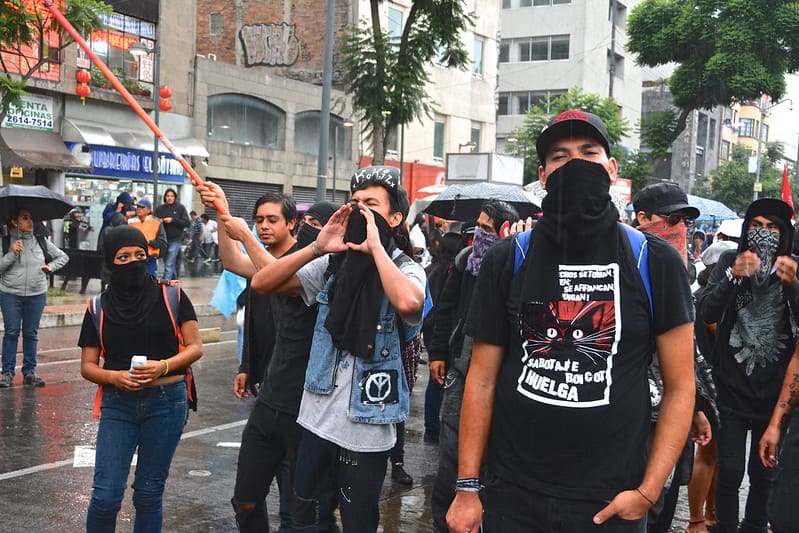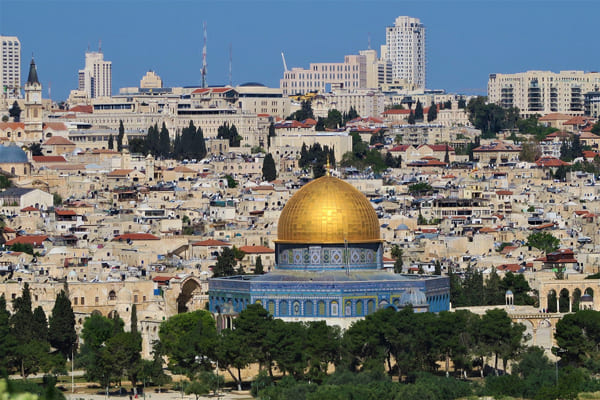The conflict in Yemen has a long and complex history, with various factors and groups contributing to the ongoing situation. Here is a detailed timeline based on the information from various sources, mainly from Al Jazeera, regarding the conflict in Yemen:
- 1990: North and South Yemen were unified to form a single state under President Ali Abdullah Saleh1.
- 1994: A civil war occurred, where Saleh prevented southern Yemen from splitting with northern Yemen due to discontent over perceived lower status1.
- 2003-2009: Houthi group in northern Yemen protested against the marginalization of the local Zaydi Shia Muslim sect, engaging in six wars with Saleh’s forces and one with Saudi Arabia1.
- 2011: The Arab Spring protests undermined Saleh’s rule, leading to territorial gains by al-Qaeda in the Arabian Peninsula (AQAP)1.
- 2012: Saleh stepped down, and Abd-Rabbu Mansour Hadi became the interim president, starting a political transition plan backed by Gulf states1.
- 2014: Houthis seized the capital Sanaa with help from Saleh and demanded a share of power, marking the beginning of the civil war21.
- 2015: Saudi Arabia led a coalition to intervene in March, aiming to restore Hadi to power. This intervention escalated the conflict into a regional war involving multiple countries1.
- 2016-2018: The situation further deteriorated with continuous fighting, a partial blockade imposed by the coalition, and attempts for peace talks and ceasefires without substantial progress1.
- 2019-2021: The conflict saw various developments including power-sharing deals, the US ending support for offensive operations in Yemen, and intensified Houthi offensives1.
- 2022: A truce deal was agreed upon but expired in October without an extension, although a tentative calm held. Meanwhile, President Hadi ceded power to a presidential council1.
- 2023: Recent developments include dialogues between Saudi Arabia and the Houthis, and Saudi and Iranian efforts to restore relations which may have a positive impact on the Yemen peace process341.

The complex geopolitical and local dynamics have resulted in a protracted conflict, causing widespread humanitarian crises. The conflict has seen some reduction in fighting in 2023, with dialogues between the Saudi coalition and Houthi rebels taking place. Despite an expired truce, there are signs of hope such as a recent mass prisoner exchange, although the situation remains critical, necessitating more work to achieve peace34.
Controversial Aspects of the ongoing conflict in Yemen
- Some argue that the involvement of foreign powers, notably the military intervention led by Saudi Arabia with support from the US and other countries, has significantly exacerbated the conflict and contributed to a humanitarian catastrophe.
- The US’s support for the Saudi-led coalition has been a point of controversy, especially concerning arms sales and logistical support.
- The designation and later revocation of the “terrorist” label on the Houthi movement by the US in 2021 was seen by some as a political move, and it sparked debate on the international stage.
- Some critics say that the international community hasn’t done enough to resolve the conflict or address the humanitarian crisis, accusing global powers of prioritizing geopolitical interests over human rights and stability in Yemen.
Yemen in peace time
Yemen, in times of peace, has a rich cultural heritage and a history that dates back to ancient times. It’s known for its traditional music, dance, and crafts, as well as its beautiful architecture and ancient cities. Yemen is often referred to as the “land of Sheba,” referencing the ancient Kingdom of Sheba. It possesses many historical and architectural treasures, including the old cities of Sana’a and Shibam, both of which are UNESCO World Heritage Sites.
The ongoing conflict in Yemen has deep roots, including historical, socio-political, and economic factors. Here are some key points:
- Historical Division: The historical division between North and South Yemen, which were two separate states before unification in 1990, has contributed to ongoing tensions.
- Tribalism: Yemen’s societal structure is heavily tribal, which can foster local conflicts and complicate national politics.
- Economic Factors: Yemen is the poorest country in the Middle East with a lack of resources, which has contributed to struggles for power and control over what resources do exist.
- Political Instability: Long-term political instability, including the rule of President Ali Abdullah Saleh, who was seen by many as corrupt, has fostered resentment and opposition movements.
- Religious Differences: The conflict has a sectarian dimension, with the Houthi rebels following the Shia branch of Islam while the government is predominantly Sunni.
- Regional Proxy Conflict: The Yemen conflict is often seen as a proxy war between regional powers, particularly Saudi Arabia and Iran, reflecting a wider Sunni-Shia divide in the Middle East.
- Foreign Intervention: The intervention of a Saudi-led coalition in 2015 exacerbated the conflict, with both sides receiving support from foreign powers.


